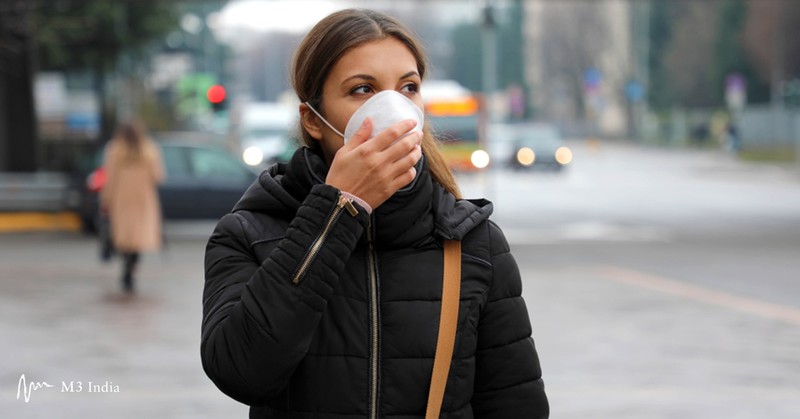Amid concerns that COVID-19 may be spread through aerosols, scientists have shown that tiny respiratory droplets produced when people talk can linger in the air for minutes. The results, published in PNAS May 13, did not examine the transmission of viruses in spray from speech, but bolsters the idea that talking could present a risk for exposure to the novel coronavirus.
For our comprehensive coverage and latest updates on COVID-19 click here.

“This study builds on earlier research by the same team showing that speaking may factor into transmission of SARS-CoV-2,” a spokesperson for the National Institute of Diabetes and Digestive and Kidney Diseases, where most of the study’s authors are based, tells USA Today.
The authors used laser light sheets to capture on video the movement of small droplets emitted from a person’s mouth as the speaker repeated the phrase “stay healthy” for 25 seconds. They calculated that the half-life of these particles in the air, considering the time it took them to fall 30 cm, was eight minutes.
“This study is the most accurate measure of the size, number and frequency of droplets that leave the mouth during a normal conversation and shower any listeners within range,” Benjamin Neuman, a virologist at Texas A&M University-Texarkana who was not involved in the research, tells The Washington Post.
The researchers did not examine these respiratory droplets in the context of a SARS-CoV-2 infection. But in their paper they write that in a scenario where an infected person is in the vicinity of uninfected people, “At an average viral load of 7 × 106 per milliliter, we estimate that 1 min of loud speaking generates at least 1,000 virion-containing droplet nuclei that remain airborne for more than 8 minutes. These therefore could be inhaled by others and, according to IAH [independent action hypothesis], trigger a new SARS-CoV-2 infection.”
The airborne particles were about 4 µm in diameter, and had dehydrated from respiratory droplets that the authors estimate were larger than 12 µm in diameter when they left the speaker’s mouth.
The spokesperson for National Institute of Diabetes and Digestive and Kidney Diseases suggests to USA Today that the study’s results support the Centers for Disease Control and Prevention’s recommendation to wear a mask. Although many governments have ordered or urged residents to don masks, it’s not clear how well they prevent the transmission of the coronavirus. N95 masks filter 95% of particles larger than 0.3 µm (according to an early report describing COVID-19 infections, the SARS-CoV-2 viral particles range from 0.6 to 0.14 µm in diameter). For other types of masks, that efficiency varies considerably. An analysis of materials used in home-made masks found a wide range in their ability to block particles about 0.1 µm in size, from just 7% for two layers of quilters’ cotton to 84% for a mask made from a nanofiber layer paired with cotton ripstop.
A study published in April that asked patients to cough into either surgical masks or cotton masks found neither “effectively filtered SARS–CoV-2 during coughs by infected patients.” Other researchers have found that masking policies correlate with fewer COVID-19 cases, and estimate that widespread uptake of the use of masks could considerably limit infections.